#Minnie Fiske
Text
Tues. April 11, 2023: A Promised Stretch of Good Weather to Support The Writing
image courtesy of Jill Wellington via pixabay.com
Tuesday, April 11, 2023
Waning Moon
Sunny and pleasant
Ready to curl up and catch up? It looks like we’re plunging straight into summer, skipping spring this week.
Friday was frustrating. On the upside, I managed to write 9 ½ pages on FALL FOREVER. I caught up with Thursday’s missed pages, wrote Friday’s pages, and worked ahead through…

View On WordPress
#ANGEL HUNT#baking#Bourne Bridge#boxes#Canaletto#Cape Cod#contest entries#curtains#dishwasher#Dramatists guild#FALL FOREVER#IceCream app#Katharine cornell#Laurette Taylor#leaf blowers#Legerdemain#library#Minnie Fiske#Process Muse#reading#road trip#sense memory stress#soup class#Spectrum#storage#Venice#Yoga
0 notes
Text
Round 1 Losers Highlights: Minnie Maddern Fiske
mrs fisssskkkeee. girls who love animals are hot amd thats a Proven fact. sorry am a lil tipsy rn but i just love her




8 notes
·
View notes
Photo

Minnie Maddern Fiske (December 19, 1865 – February 15, 1932), but often billed simply as Mrs. Fiske, was one of the leading American actresses of the late 19th and early 20th century. She also spearheaded the fight against the Theatrical Syndicate for the sake of artistic freedom. She was widely considered the most important actress on the American stage in the first quarter of the 20th century. Her performances in several Henrik Ibsen plays helped introduced American audiences to the Norwegian playwright.
6 notes
·
View notes
Photo

Minnie Maddern Fiske (1865-1932) American actress
https://www.redbubble.com/people/princessbunhead/works/126909525-miss-minnie
1 note
·
View note
Text

THE WINTER BREAK TRIP
Thanks to THE SOCIAL BUTTERFLY's genoristy and continuing presence at the center of all social circles, all students who were close to THE GOLDEN GIRL (or at least appeared to be and maybe some mistakes) have been invited out to the Hamptons. It's the offseason - so whilst many people are jetting off to ski resorts or warm islands, the beaches are deserted, quiet, and covered in snow.
Perfect to celebrate the end of a year - and most importantly, honor Greer's life, of course.
See below the cut for the roommates everyone will have while on the trip !!!
IC DATE: DECEMBER 26TH - JANUARY 2ND
OOC DATE: AUGUST 25TH - ....TBD
PLEASE NOTE: Current threads do not have to be paused for the duration of the event, but any starters (both open and closed) should take place during winter break. Please note there will be further plot/date markers from the main throughout the event, as IC it is taking place across a week. As always, feel free to DM the main with any questions or concerns !!!
BEDROOM 1:
Robin Morgan
Charlie Fletcher
Henrietta Astor
Sassa Fiske
BEDROOM 2:
Freddie Kolbeck
Milo Navarro
Cara Morrison
Logan Iyande
BEDROOM 3:
Monty Richler
Ollie Inoue
Minnie Lee
Lola Rhodes
BEDROOM 4:
Edward Morrison
Genevieve Upton-Crane
Mari Zuko
Natalia Vega
BEDROOM 5:
Nathaniel Shaw
Jesse Hart
Silja Spence
Anya Saetang
BEDROOM 6:
Parker Walsh
Rhiannon Falla
Jacqui Velazquez
11 notes
·
View notes
Text

Maximilien Colin - Minnie Maddern Fiske (1893)
46 notes
·
View notes
Photo

🔸 Minnie Maddern Fiske with Unidentified Artist, circa 1917. She was was one of the leading American actresses of the late 19th and early 20th century. She also spearheaded the fight against the Theatrical Syndicate for the sake of artistic freedom. She was widely considered the most important actress on the American stage in the first quarter of the 20th century. Source: Smithsonian: National Portrait Gallery. #victorianchaps #1910s #portrait #edwardian #nostalgia #goodolddays #actress #vintage #oldphoto #pastlives #history #retro #theatre https://www.instagram.com/p/CnwVxYADQDM/?igshid=NGJjMDIxMWI=
#victorianchaps#1910s#portrait#edwardian#nostalgia#goodolddays#actress#vintage#oldphoto#pastlives#history#retro#theatre
19 notes
·
View notes
Photo

The Fisk Jubilee Singers are an African-American Cappella ensemble, consisting of students at Fisk University. The first group was organized in 1871 to tour and raise funds for college. Their early repertoire consisted mostly of traditional spirituals but included some songs by Stephen Foster. The original group toured along the Underground Railroad path in the US, as well as performing in England and Europe. Later 19th-century groups also toured Europe. In 2002 the Library of Congress honored their 1909 recording of "Swing Low, Sweet Chariot" by adding it to the United States National Recording Registry. In 2008 they were awarded a National Medal of Arts. Fisk was founded by the American Missionary Association and local supporters after the end of the American Civil War to educate freedmen and other young African Americans. The five-year-old university was facing serious financial difficulty. To avert bankruptcy and closure, Fisk's treasurer and music director, George L. White, a white Northern missionary dedicated to music and proving African Americans were the intellectual equals of whites, gathered a nine-member student chorus, consisting of four black men (Isaac Dickerson, Ben Holmes, Greene Evans, Thomas Rutling) and five black women (Ella Sheppard, Maggie Porter, Minnie Tate, Jennie Jackson, Eliza Walker) to go on tour to earn money for the university. On October 6, 1871, the group of students, consisting of two quartets and a pianist, started their US tour under White's direction. They first performed in Cincinnati. Over the next 18 months, the group toured through OH, PA, NY, CT, RI, NJ, MA, MD, and DC. #africanhistory365 #africanexcellence #hbcu https://www.instagram.com/p/CjXt482LNTz/?igshid=NGJjMDIxMWI=
5 notes
·
View notes
Photo
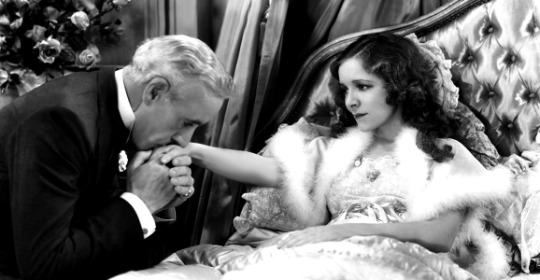
Lewis Stone and Helen Hayes in The Sin of Madelon Claudet (Edgar Selwyn, 1931)
Cast: Helen Hayes, Lewis Stone, Neil Hamilton, Cliff Edwards, Jean Hersholt, Marie Prevost, Robert Young, Karen Morley, Charles Winninger, Alan Hale. Screenplay: Charles MacArthur, Ben Hecht, based on a play by Edward Knoblock. Cinematography: Oliver T. Marsh. Art direction: Cedric Gibbons. Film editing: Tom Held. Costume design: Adrian.
If it weren't for her work in movies and on TV, Helen Hayes would probably be consigned to that limbo where celebrated stage actresses of the past like Sarah Siddons or Ellen Terry or Minnie Maddern Fiske reside. But Hayes won two Oscars -- one for this film and the other, 38 years later, for Airport (George Seaton, 1970) -- as well as Emmy, Grammy, and Tony awards, earning the distinction known by the acronym EGOT. The thing is, anyone who knows Hayes's work only from movies and TV may wonder why she is so famous. Neither The Sin of Madelon Claudet nor Airport (in which she plays a cute little old stowaway on a plane) nor her work on such TV series as The Snoop Sisters provides much of a clue as to why she was known as "The First Lady of the American Theater" and has a Broadway playhouse named after her. She spent the peak years of her career, from 1935 to 1956, primarily on stage, with only occasional films and TV appearances during that period. It was probably a wise move: She was already 30 when she followed her husband, Charles MacArthur, to Hollywood and made this film, her first talkie. (She had appeared in only a couple of silent films.) And while it won her the Oscar, and she followed it with a few more significant films, particularly Arrowsmith (John Ford, 1931) and A Farewell to Arms (Frank Borzage, 1932), it soon became clear to her that she was not cut out for film stardom. She was only five feet tall and although pleasant-looking, she was not especially pretty, and in a Hollywood that was looking for the next Greta Garbo or Marlene Dietrich, she was no glamour girl. She would have found herself competing with younger actresses like Bette Davis and Barbara Stanwyck for the plum dramatic parts. So it was back to Broadway and success. Even so, she made her reputation in old-fashioned plays that don't get revived much anymore, like Lawrence Housman's Victoria Regina, Anita Loos's Happy Birthday, and Jean Anouilh's Time Remembered. Although she did play Amanda in a revival of Tennessee Williams's The Glass Menagerie, the revolution in theater that Williams helped bring about took place after she had gone into semi-retirement. As for Madelon Claudet, it's a creaky vehicle at best, based on a play by Edward Knoblock that MacArthur and an uncredited Ben Hecht helped whip into shape after it had been filmed under the title The Lullaby and previewed to a disastrous reception. Hayes had already gone on to work on Arrowsmith, and shooting the new material had to wait until she was through with that film. Even so, Hayes is not particularly convincing as a French farm girl who is left pregnant by a caddish American (Neil Hamilton) and becomes the mistress of a jewel thief posing as an Italian count (Lewis Stone). It's only later, when she goes to jail for ten years as the thief's accomplice, then turns to prostitution to earn the money to put her son (Robert Young), who thinks she's dead, through medical school, that Hayes demonstrates her skill at suffering and pathos.
1 note
·
View note
Text

Actress Minnie Maddern Fiske, as seen in the Burr McIntosh Monthly magazine of May 1905.
0 notes
Photo

American actress Minnie Maddern Fiske, in a portrait photograph entitled Mrs. Fiske, "Love Finds the Way", by Zaida Ben-Yusuf. The photograph was taken in 1896.
6 notes
·
View notes
Text
MIS’ NELLY OF N’ORLEANS
1919

Mis’ Nelly of N’Orleans is a play by Laurence Eyre. It was billed as “a new comedy of moonshine madness and make-believe.”
STORY: Nellie Deventry is a Creole woman who returns to New Orleans from Paris to take a hand in the management of her niece's love affair. She not only gains happiness for the young people, she wins back the heart of the man who jilted her years before.

The original production was presented by George M. Cohan and Sam Harris and directed by Harrison Grey Fiske. Not coincidentally, the play starred (above the title), Mrs. Fiske, his wife of nearly 30 years.

The star was born Marie Augusta Davey in 1865 in New Orleans. She was also known as Minnie Maddern before marrying Harrison Fisk and taking the stage name Mrs. Fiske. Born in a trunk, she made her Broadway debut at age six. Along with her husband, she was instrumental in breaking up the Theater Trust (or theatrical syndicate) that controlled almost every theater in America in the late 19th and early 20th centuries. Her final appearance on Broadway was in 1930 in an acclaimed production of The Rivals as Mrs. Malaprop. At the time of her death in 1932, she was considered one of America's greatest actresses.

“Never has this engaging player been seen in a gayer mood, never has her wit seemed more sparkling, her poise more admirable, than in the role of this proud Creole woman.” ~ BALTIMORE SUN
Mis’ Nelly of N’Orleans premiered in Baltimore on January 6, 1919 and moved to Pittsburgh before heading to Broadway, where it opened at Henry Miller’s Theatre (now the Stephen Sondheim) on February 4, 1919. It played 127 performances, closing in May 1919.

In the play, Mrs. Fiske plays Nellie as both an old woman, and a young belle. The New York Herald had nothing but superlatives for Mrs. Fiske’s performance.

After the Broadway production closed, Mrs. Fiske performed the play at Atlantic City’s Nixon’s Apollo Theatre on September 16, 1919.

The play continued its tour, even returning to Boston, at the Hollis Theatre in October 1919.

In April 1920, Mrs. Fiske was still performing the play in Kansas City, Mo.

In May 1920, Mrs. Fiske (center) and the touring cast (one in blackface), posed outside a theatre in Denver, Co.

~ “Seeing Things at Night” (1921) by Heywood Broun

By December 1920, Mrs. Fiske was back in Atlantic City, again at the Apollo, with a new play. Unfortunately, she was up against the mega-hit Irene at the Globe. But that’s another blog!
#Mrs. Fiske#Mis' Nelly of N'Orleans#Creole#Broadway Play#Atlantic City#Nixon's Apollo Theatre#New Orleans#Broadway#Henry Miller Theatre#Laurence Eyre#Harrison Fiske#1919
26 notes
·
View notes
Text
Hot Vintage Stage Actress Round 1
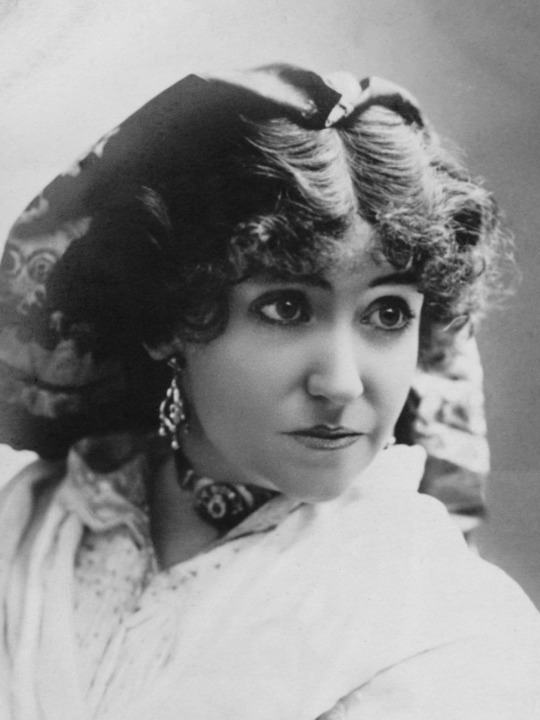

Minnie Maddern Fiske: Tess Durbeyfield in Tess of the d'Urbervilles (1902 Broadway); Becky Sharpe in Becky Sharpe (1904 Broadway); Madame Sand in Madame Sand (1917 Broadway)
Hilda Trevelyan: Wendy in Peter Pan (1904 West End); Maggie Wylie in What Every Woman Knows (1908 West End); Jane Thing/Cinderella in A Kiss for Cinderella (1916 West End)
Propaganda under the cut
Minnie Maddern Fiske:
mrs fisssskkkeee. girls who love animals are hot amd thats a Proven fact. sorry am a lil tipsy rn but i just love her
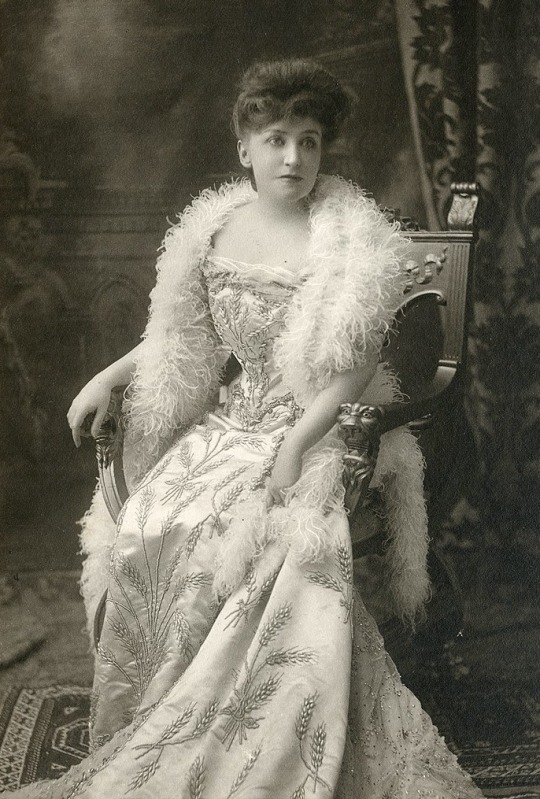
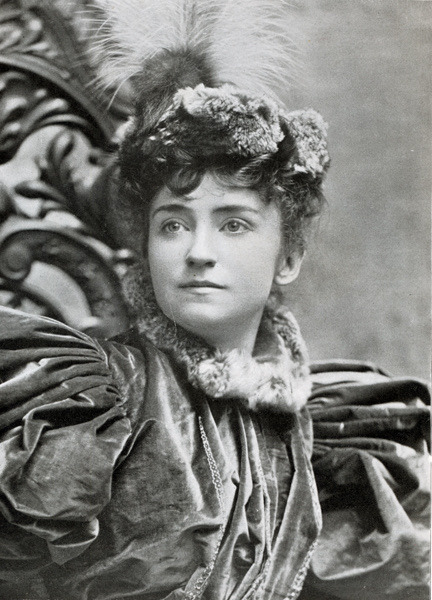
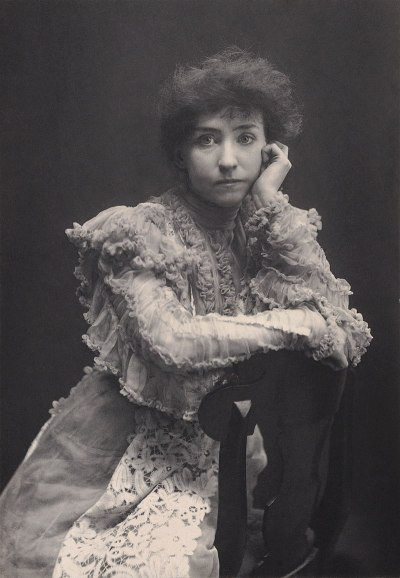
Hilda Trevelyan:
The original Wendy in Peter Pan! She played the role off and on for seven seasons and became one of J.M. Barrie's muses.
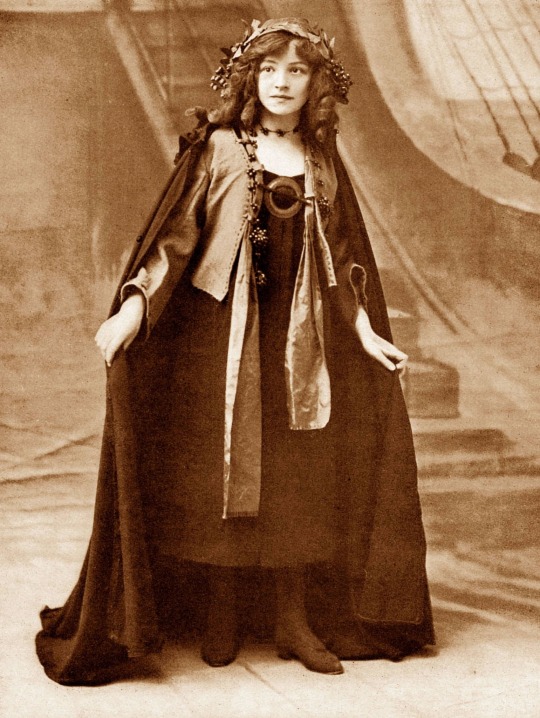

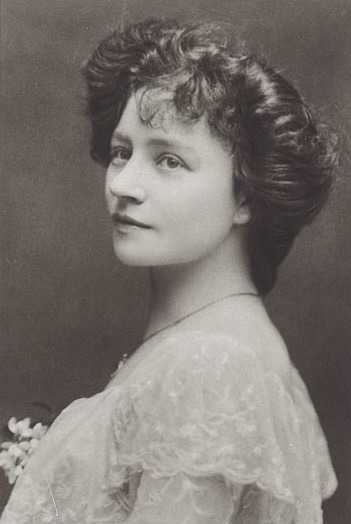
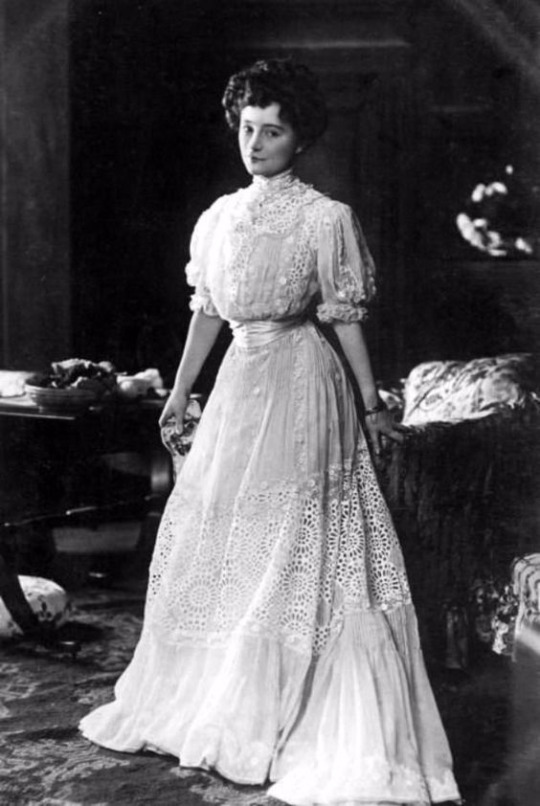
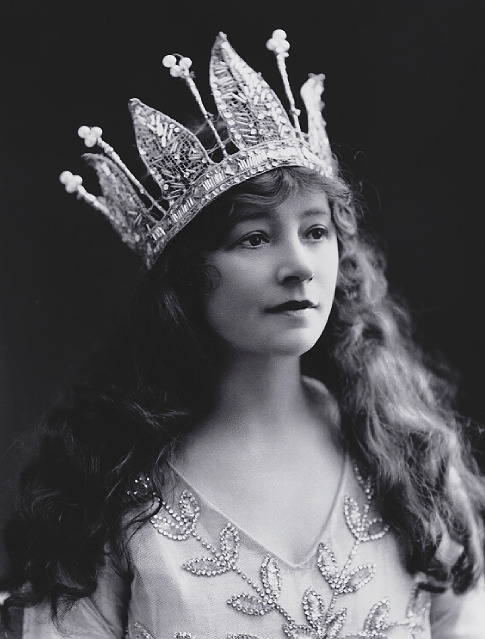
#vintagestagehotties#vintagestagepoll#vintage tournament#vintage poll#minnie maddern fiske#mrs fiske#hilda trevelyan#ladies round 1#vintage ladies
9 notes
·
View notes
Text

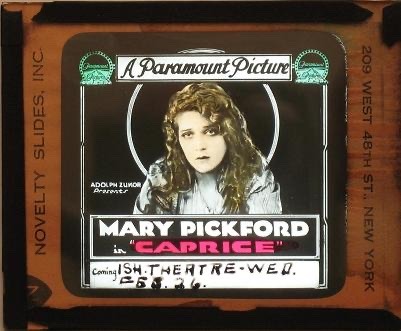
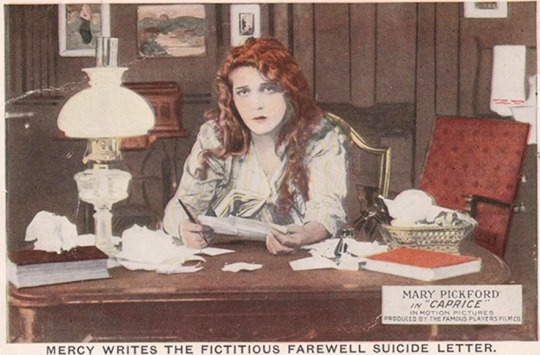
Caprice is a 1913 silent film produced by Daniel Frohman and Adolph Zukor released by Famous Players Film Company and starring Mary Pickford. J. Searle Dawley directed. Though Zukor helped finance the film it was distributed on a 'State's Rights' arrangement primarily since no Paramount Pictures had yet to exist. The story of this film had been acted on the stage by a young Minnie Maddern Fiske in the 1880s, one of her earliest successes as an adult actress. The same story gives Pickford the chance to arise to the height of a fine actress instead of just merely a popular performer. This film is lost.
Plot: Jack ( Owen Moore ) a wealthy young man, while on a hunting trip accidentally shots pretty Mercy, a mountain girl ( Mary Pickford ). He falls in love with the rough girl, marries and fervently attempts to refine her. The results are disastrous and an embarrassed Mercy returns to her mountain home, but she enrolls herself in a school for young women. She triumphantly returns much to the delight of Jack, a refined and perfectly elegant wife.
#mary pickford#owen moore#silent era#classic movie stars#silent film#silent cinema#1910s movies#lost film
34 notes
·
View notes
Photo

Minnie Maddern Fiske, Unidentified Artist, 1917, Smithsonian: National Portrait Gallery
Size: Image: 21.7 x 15.4 cm (8 9/16 x 6 1/16")
Medium: Gelatin silver print
https://npg.si.edu/object/npg_NPG.81.77
48 notes
·
View notes
Text
How Pearl Hobson the “Mulatto Sharpshooter” became the most popular African-American dancer & singer in Imperial Russia in the 1900s

Face2Face Africa article
Pearl Hobson was among a number of African-American performers who left the United States in the 1900s to somewhat escape racism. At the time, groups like the Fisk Jubilee Singers were making waves abroad due to the popularity of African-American culture through performance art. Hobson also wanted to profit from the situation. And so she did as she became the most popular African-American dancer and singer in Imperial Russia.
The “Mulatto Sharpshooter,” as she was known, wowed elite audiences from St. Petersburg to Moscow by 1909 while living much of this period in Odessa, Ukraine in Southern Russia, as stated by one account. Not much is known about Hobson’s background. Born on July 7, 1879 in Lisbon, Bedford County, Virginia — even though some say she was born in Roanoke, Virginia — she worked as a maid before becoming a member of the Fencing Musketeers (also known as the Fencing Octoroons and Les Mousquetaires Noirs) which consisted of 11 Black women.
It is not known exactly when Hobson left the U.S. although official records cited by BlackPast show that she arrived in Copenhagen, Denmark by April 1904 as part of an African-American dance troupe. The troupe would tour St. Petersburg, Russia at a time when scores of African-American professionals were already in Russia, particularly in its western cities. There were Black entertainers such as Black Troubadours, Darktown Entertainers, the Black Diamonds, and Minnie Brown, an actress and singer who “saw herself as a rival” to Hobson between 1915 to 1916.
Hobson did earn wide acclaim thanks to African-American entertainment impresario Frederick Bruce Thomas, who started work as a waiter after arriving in Moscow in 1899. Thomas, by 1904, was the owner of Yar, one of Moscow’s most celebrated restaurants. Acquiring Russian citizenship and changing his name to Fyodor Fyodorovich Tomas, he noticed the amazing talent of Hobson and started featuring her in his restaurant while managing her career.
Not too long after, Hobson became loved by many including those in high society as she started attending films, symphonies, operas while performing in Russian, French and German to thousands of people. Soon, her posters were almost everywhere, describing her as Russia’s “Mulatto Sharpshooter”.
“Beautiful young Miss Pearl Hobson is the best decoration of the stage. Her success grows every day, and she is beloved by the public…” Russian newspaper Moscow Leaf wrote about Hobson on December 3, 1907.
She did make money from her fame. A report states that by the beginning of 1910, she was living in a luxurious apartment at 20 Kamennoostrovsky Prospect, which had a team of servants. The popular Aquarium Theatre was not far from her home, and “between the nonstop masquerade balls, fireworks and festivals, Pearl sang beautiful Russian Romances and performed her dramatically orchestrated dances nightly at the most fashionable venue in the capital of the Russian Empire,” the report added.
It was during this period that she met Count Alexander Sheremetev, a Russian composer, conductor and entrepreneur. He had a relationship with her and would help her become a “well-received singer and ballet dancer” who headlined nightly at the Aquarium Theatre.
Many Black artists learned Russian and took Russian citizenship but Hobson did not. In July 1916, she filed her last application for the extension of her American passport and left Russia. Historians do not know much about her life after she left Russia although some say she adopted four children in 1918 before her death on June 4, 1919, at age 39.
Read the original article here
#Mulatto#Mulatto Sharpshooter#Russia#Russian Empire#Pearl Hobson#famous#singer#dancer#Imperial Russia#African American#Moscow#Black Troubadours#Darktown Entertainers#Black Diamonds#Minnie Brown#Ukraine#Virginia#genealogy#African American History#Frederick Bruce Thomas#Fyodor Fyodorovich Tomas#Fencing Musketeers#Fencing Octoroons#Les Mousquetaires Noirs#Count Alexander Sheremetev
7 notes
·
View notes